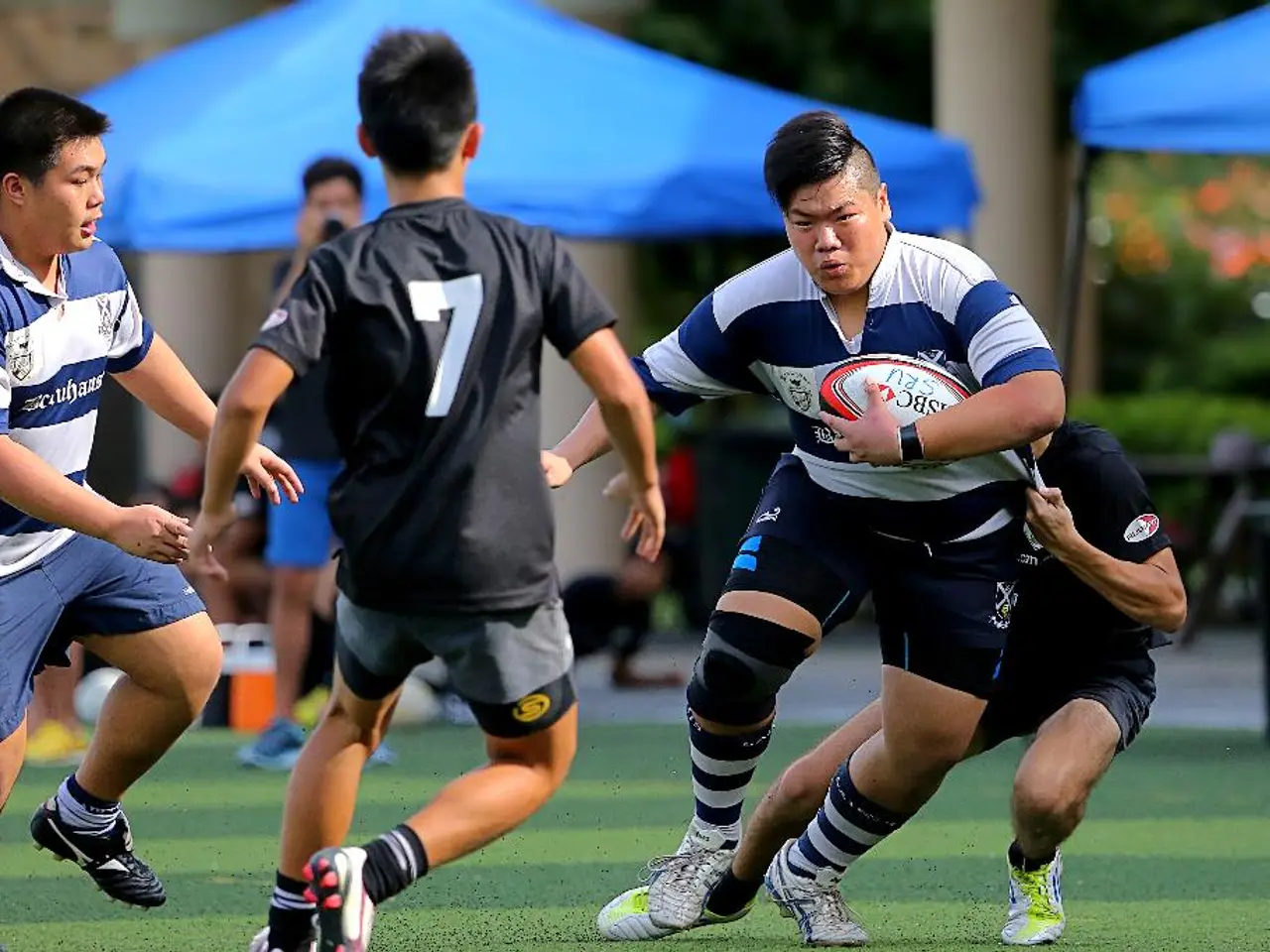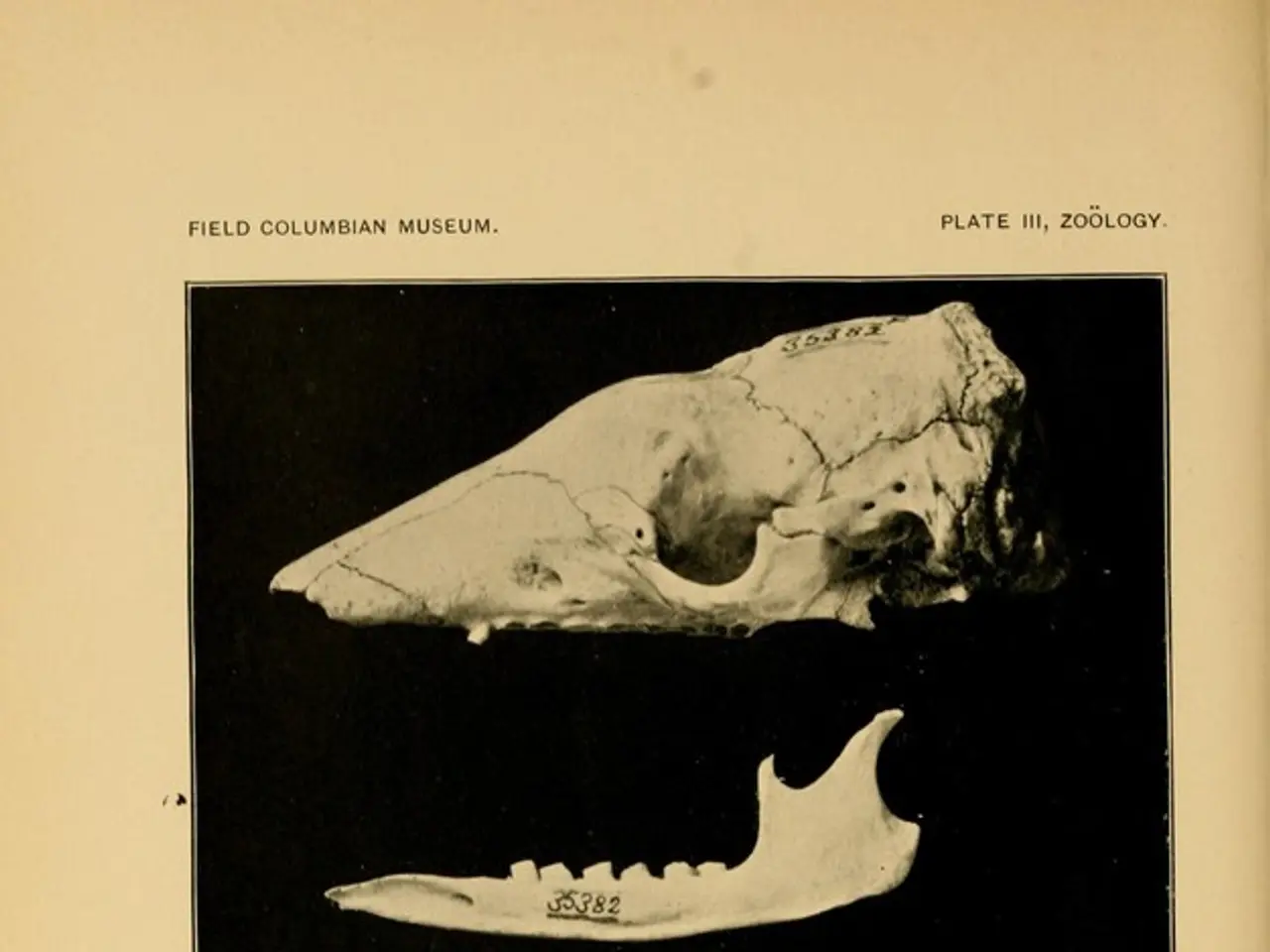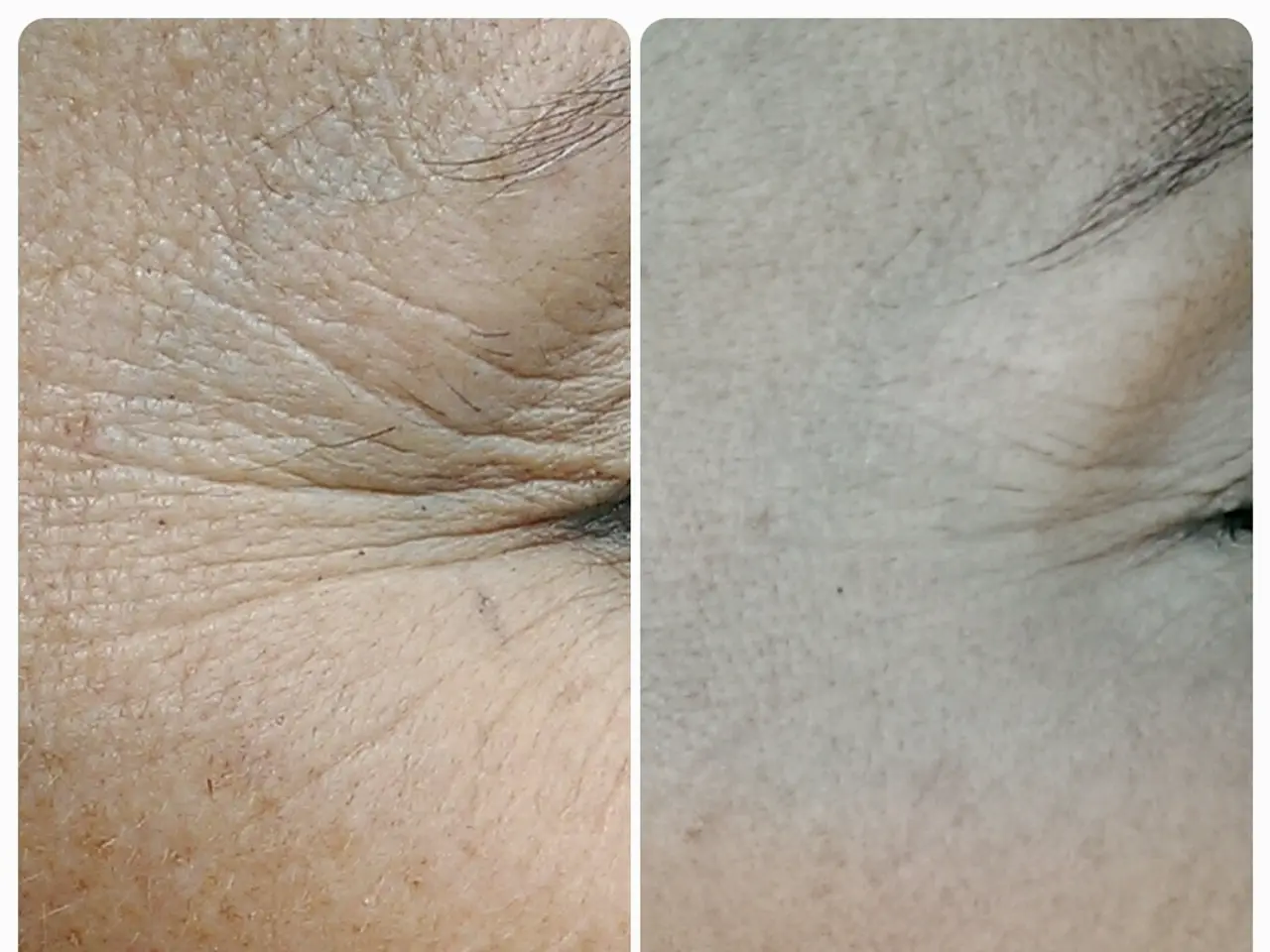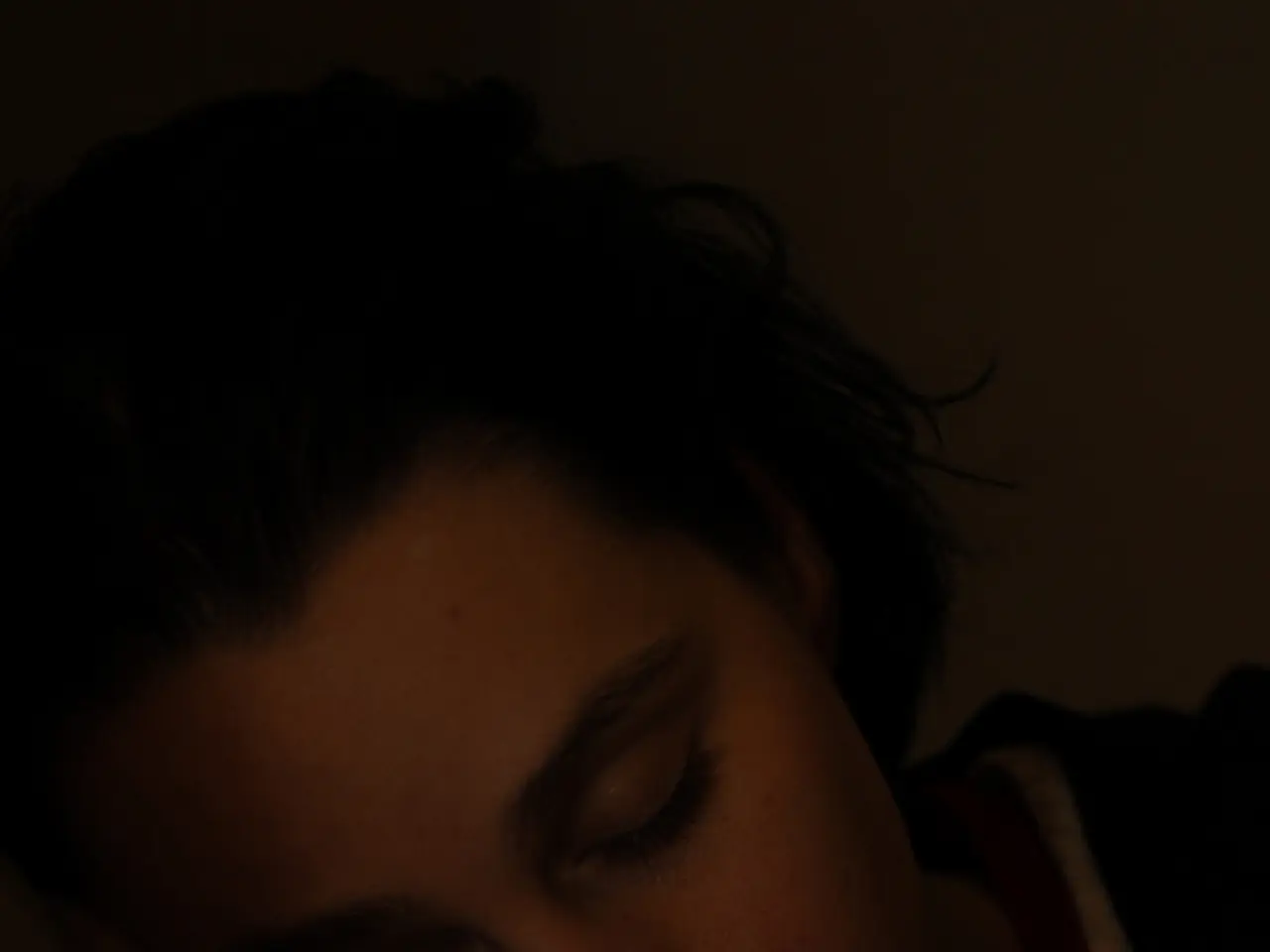Strategies to navigate on foot for individuals coping with Parkinson's disease
Living with Parkinson's: Bridging the Gap Between Struggling and Strolling
Navigating the complexities of Parkinson's disease (PD) can be a tough task, especially when it comes to challenges in mobility. A recent study reveals that many individuals dealing with these difficulties are unaware of strategies designed to ease their struggles.
The research, published in American Academy of Neurology Journals, found substantial knowledge gaps among PD patients regarding various walking compensation strategies. These strategies can significantly enhance their mobility, helping them maintain independence and perform daily activities.
"People with PD often invent creative solutions to overcome their walking problems," explains study author Dr. Anouk Tosserams from Radboud University Medical Centre in Nijmegen, the Netherlands. "For example, they might walk to a metronome rhythm, mimic another person's gait, or count steps in their head. Our study indicates that many are not educated about all these options, and when they are, they often discover strategies that work best for their unique circumstances."
The survey polled 4,324 PD patients experiencing disabling gait impairments, such as imbalance, shuffling, freezing, and falling. Over a third reported that their walking difficulties affected their ability to perform daily activities, and nearly half had at least one fall in the past year.
The study identified seven primary categories of walking compensation strategies:
- Internal cueing (counting steps, for example)
- External cueing (walking to a metronome rhythm)
- Changing balance requirements (taking wider turns)
- Altering mental state (relaxation techniques)
- Action observation and motor imagery (watching other people walk)
- Adapting a new walking pattern (walking backwards or jumping)
- Using other leg movements (such as bicycling or crawling)
Each category was explained, with participants asked whether they were aware of it, if they'd ever used it, and how effective it was for them in various scenarios.
The study discovered that many PD patients were using walking compensation strategies, but fewer were aware of all seven categories. For instance, 17% had never heard of any strategies, and 23% had never tried any. Just 4% were familiar with all categories, while the average individual knew about three.
Awareness of external cueing (walking to a metronome) was the highest at 47%, followed closely by internal cueing (counting steps) at 45%. Action observation and motor imagery was the least known category, familiar to only 14% of participants.
Of those who tried a strategy, the majority confirmed a positive effect on their walking abilities. Internal cueing, for example, had a 73% success rate during gait initiation but only a 47% success rate when trying to stop walking. Visualizing movements more effectively improved walking outdoors (83%) compared to navigating narrow spaces (55%).
"Our findings suggest that a one-size-fits-all approach doesn't work because each context may require different strategies or because individuals simply respond better to one strategy compared to another," states Dr. Tosserams. "We believe that a more dedicated approach is needed to educate people about all these strategies, possibly through an online educational platform, allowing each individual with PD to find the strategy that works best for them."
While the study's results are promising, it should be noted that participants self-reported their gait disabilities without independent neurological confirmation.
Note: It's essential to consult with healthcare professionals when seeking to implement self-help strategies for Parkinson's disease.
Insights from Related Research:
- Functional Electrical Stimulation (FES): FES has shown potential in improving motor function in PD patients, allowing for faster walking speeds, larger strides, and reduced falls risks[2].
- Rhythmic Auditory Stimulation (RAS): RAS has demonstrated short-term benefits in alleviating gait freezing episodes and enhancing walking pace and coordination in PD patients[3].
- Exercise and Multidisciplinary Rehabilitation: A combination of aerobic and resistance training within multidisciplinary rehabilitation programs can lead to significant improvements in motor function, mobility, balance, and cognition for PD patients[1][5].
- The study revealed that many Parkinson's disease patients lack knowledge about various neurological therapies and treatments, such as Functional Electrical Stimulation (FES) and Rhythmic Auditory Stimulation (RAS), which can significantly improve their motor function, mobility, and reduce falling risks.
- Incorporating mental-health strategies like relaxation techniques into one's health-and-wellness routine could potentially benefit individuals with Parkinson's, as these strategies are included in the identified categories of walking compensation strategies.
- Exploring nutrition options, such as the use of CBD, might potentially aid Parkinson's patients in managing their neurological-disorders symptoms, though more research is needed to confirm its effectiveness.
- A holistic approach to Parkinson's disease management, encompassing fitness-and-exercise, therapy-and-treatments, mental-health techniques, and nutritional interventions, could help bridge the gap between struggling and strolling for these individuals.
- It's crucial for individuals with Parkinson's disease to consult with healthcare professionals, including neurologists, about seeking self-help strategies, as well as the potential integration of various sciences, such as neurology and nutrition, for a tailored and comprehensive approach to symptom management and improved quality of life.







